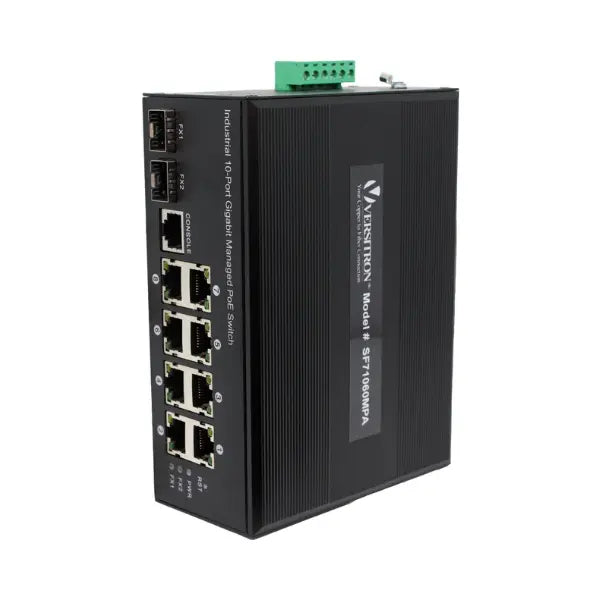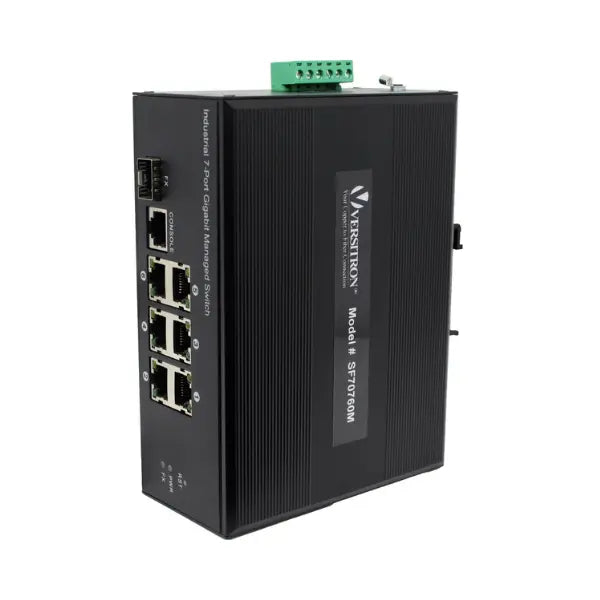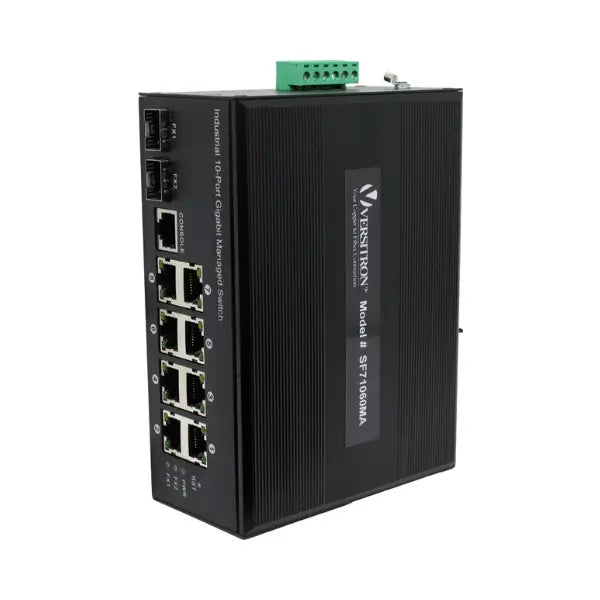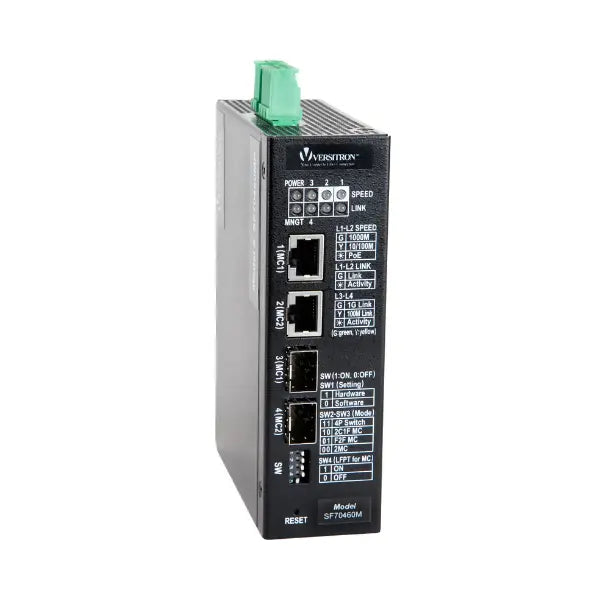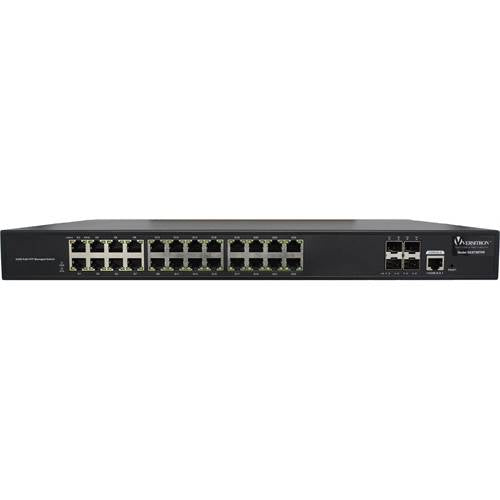Introduction:
Operational Technology (OT) refers to the hardware and software systems used to monitor and control industrial processes, such as manufacturing, energy production, and transportation. These systems are typically used in critical infrastructure and require a high level of availability, reliability, and security. As OT systems become more complex and interconnected, managing and monitoring these networks has become increasingly challenging. In this blog, we will discuss the importance of managing and monitoring OT networks.

What is Network Managing and Monitoring?
Network managing and monitoring involve the use of tools and technologies to ensure network systems run optimally. This includes monitoring network performance, detecting and resolving network issues, and managing network devices such as routers, switches, and firewalls.
Why Is Operational Technology Network Managing and Monitoring Important?
OT networks are critical infrastructure systems that require a high level of availability, reliability, and security. Any disruption in these systems can have significant consequences, including downtime, equipment damage, and even safety hazards. Effective network managing and monitoring are, therefore, essential to ensure that these systems run smoothly and securely.
What is Operational Technology(OT) Network Segmentation?
OT network segmentation involves the division of networks into smaller isolated segments or zones. This practice allows network administrators to regulate the flow of traffic within these subnets by implementing specific network policies. By implementing network segmentation, organizations can achieve heightened security, improved network management, optimized performance, and localized troubleshooting capabilities. In OT environments, where critical infrastructure and essential devices control physical processes in sectors like power plants and manufacturing facilities, network segmentation becomes crucial. It encompasses both segmentation within isolated OT environments and the segregation of OT networks from IT networks, the cloud, and other Cyber-Physical Systems (CPS). This comprehensive approach ensures that organizations can effectively monitor network traffic across their extended Internet of Things landscape.
What is the Difference Between IT & OT?
-
Focus:
IT primarily deals with the management and processing of digital information, including data storage, software development, networking, and cybersecurity.
Whereas OT focuses on the control and automation of physical processes and devices in industries such as manufacturing, energy, and transportation.
-
Applications:
IT is commonly applied in business environments to support administrative functions, data analysis, communication, and decision-making processes.
Whereas OT is employed in operational environments to monitor and control industrial processes, manage machinery and equipment, and ensure safety and efficiency in critical operations.
-
Technology Infrastructure:
IT systems typically involve standard computing infrastructure, such as servers, desktop computers, laptops, and networking devices.
Whereas OT systems are built with specialized devices and technologies such as programmable logic controllers (PLCs), supervisory control and data acquisition (SCADA) systems, industrial control systems (ICS), and sensors designed for specific operational purposes.
-
Time Sensitivity:
IT systems are often focused on data processing and analysis that can tolerate some latency or delays in data transmission.
Whereas OT systems require real-time or near-real-time response and control to ensure the safety, reliability, and integrity of industrial processes. Any delays or disruptions in OT systems can have immediate and significant impacts on operational efficiency, safety, and productivity.
-
Security Considerations:
IT systems have long been a target for cybersecurity threats, and organizations invest heavily in securing their digital assets, networks, and data.
Whereas as a breach or compromise in OT systems can have severe consequences, including physical harm, environmental damage, and financial losses.
-
Skillsets:
IT professionals possess expertise in areas such as software development, data management, networking, cybersecurity, and system administration.
Whereas OT professionals have specialized knowledge in industrial processes, automation technologies, control systems, safety protocols, and equipment maintenance.
What Are Operational Technology Networking Challenges?
Here are some of the challenges network administrators face when managing and monitoring OT networks, and how managed switches can overcome them:
- Network visibility: OT networks often comprise legacy devices lacking security and management features, making network traffic monitoring difficult. Managed switches can provide network administrators with visibility into network traffic, enabling them to monitor and control network traffic effectively.
- Security: Cyber-attacks can result in system downtime, equipment damage, and critical data loss on OT networks. Managed switches provide network segmentation, which isolates different parts of the network and limits the potential attack surface. By segmenting the network, network administrators can ensure that only authorized traffic flows through the network.
- Network performance: OT networks must operate at peak efficiency to ensure maximum uptime and productivity. Network congestion, bandwidth limitations, and other factors affect network performance. Managed switches enable administrators to prioritize traffic and set up Quality of Service (QoS) policies, ensuring that mission-critical traffic receives the necessary bandwidth and priority over other types of traffic.
- Network complexity: OT networks are becoming increasingly complex, with more devices and applications added. Managed switches enable network administrators to control and configure network traffic, ensuring only authorized traffic flows through the network. It is easier to manage and monitor the network if network administrators control network traffic.
What Are Operational Technology Networking Solutions?
Here are six ways switches can be used as OT networking solutions:
- Network Segmentation: Switches can provide network segmentation, which isolates different parts of the network and limits the potential attack surface. This makes it easier to manage and monitor the network, as administrators can focus on specific areas of the network rather than managing the entire network at once.
- QoS Policies: Managed switches allow administrators to set up Quality of Service (QoS) policies, which prioritize traffic and ensure that mission-critical traffic receives the necessary bandwidth and priority over other types of traffic. This can improve network performance and reduce network downtime.
- Redundancy: Switches can provide redundancy in OT networks. By setting up redundant links between switches, administrators can ensure that if one link fails, traffic can still be routed through the network.
- VLANs: Virtual Local Area Networks (VLANs) can be set up using switches to create logical groups of network devices. This can improve network security by limiting the potential attack surface and providing more granular control over network access.
- Network Monitoring: Switches can monitor network traffic and detect anomalies or suspicious activity. This can help administrators quickly identify and address security issues before they cause damage or disruption.
- Network Management: Switches can provide centralized management of network devices, making it easier for administrators to configure and manage the network. This can save time and reduce the risk of errors that lead to network downtime or security breaches.
What is Network Protection Measures?
Network protection measures refer to a series of strategies and practices implemented to secure computer networks from unauthorized access, data breaches, and cyber threats. Here are key points to explain network protection measures:
- Firewalls: Firewalls act as a barrier between an internal network and external networks, filtering incoming and outgoing network traffic to prevent unauthorized access and block potential threats.
- Intrusion Detection and Prevention Systems (IDPS): IDPS tools monitor network traffic and identify suspicious activities or patterns that may indicate an intrusion or attack. They can automatically respond to such incidents by blocking or alerting network administrators.
- Access Control: Network access control mechanisms, such as strong authentication protocols, authorization procedures, and role-based access control, ensure that only authorized individuals or devices can access the network resources.
- Encryption: Encryption techniques, such as secure socket layer (SSL) or transport layer security (TLS), protect sensitive data during transmission by converting it into an unreadable form, preventing unauthorized interception or tampering.
- Regular Security Audits: Conducting periodic security audits helps identify vulnerabilities, assess the effectiveness of existing security measures, and implement necessary improvements to ensure network protection.
- Employee Training: Educating employees on cybersecurity best practices, such as creating strong passwords, identifying phishing attempts, and practicing safe browsing habits, enhances network protection by reducing the likelihood of human error and social engineering attacks.
- Incident Response Plans: Having well-defined incident response plans allows organizations to efficiently handle and mitigate security incidents. These plans outline the steps to be taken in the event of a security breach, ensuring a prompt and effective response.
- Network Monitoring: Continuous monitoring of network traffic and system logs enables the detection of abnormal activities or potential security threats. This allows for timely investigation and response to prevent or minimize the impact of security incidents.
Conclusion
Managed switches play a critical role in managing and monitoring Operational Technology networks. By providing network visibility, security, network performance monitoring, and network control and configuration capabilities, managed switches enable network administrators to monitor and control network traffic effectively. This ensures that only authorized traffic flows through the network. Organizations must invest in managed switches to ensure the availability, integrity, and confidentiality of their critical data as OT networks become increasingly complex.


